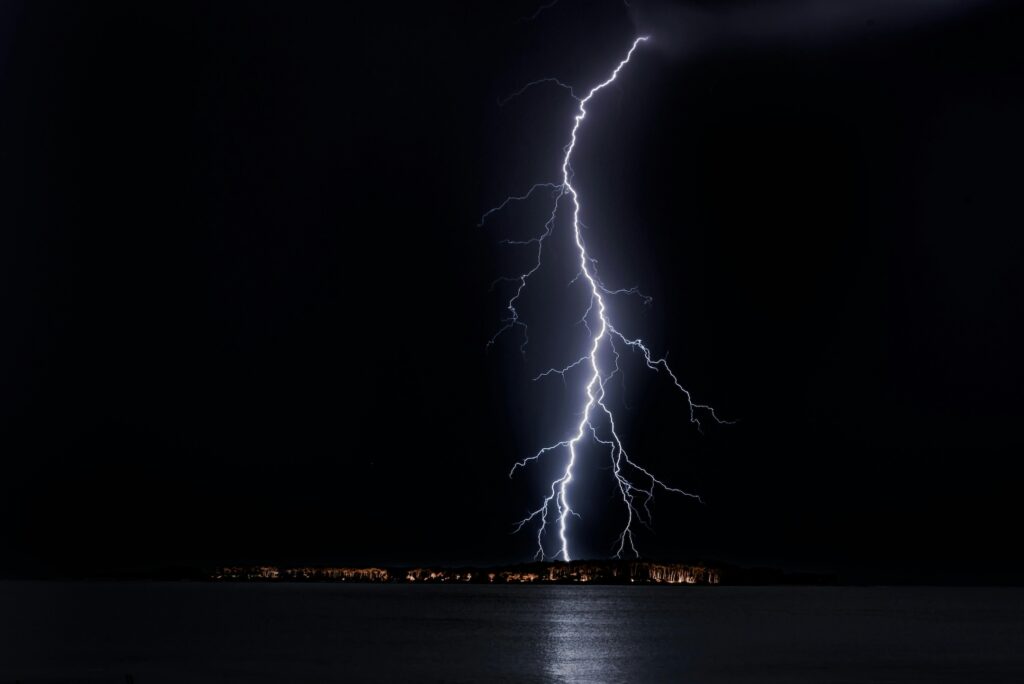Tips to storm-proof your yard

As the earth gets warmer, heavy rains will only get more intense and more frequent. Find out what you can do to protect your backyard and home and what the City is doing to address the issue.
“Rain, rain go away.”
It feels like that’s been the refrain of almost everyone the past few weeks, from farmers who are seeing crop loss due to fields flooding, to beleaguered homeowners who are watching their basements slowly filling with water.
Will there ever be an end to the rain?
It turns out there is an explanation for the back-to-back thunderstorms we’ve been experiencing for most of June and July.
“Training storms” are the latest impact of a global climate that is now quite likely 1.5 degrees Celsius above pre-industrial levels.
These storms are lined up in a row due to a process called “training” or “back building.” This is where the heat of a summer day pulls moisture and humidity out of the atmosphere, but then the storm it creates drops the temperature rapidly, creating instability in the air immediately behind it. This in turn creates another boundary where warm and cold air meet, increasing the chance of another storm forming and the potential for a long line of storms.
It’s also well established that warm air can hold a lot more moisture than cooler air, so as the planet warms, we can expect more storms and larger ones.
So what to do (beyond writing your MP and demanding an end to fossil fuel subsidies and a ban on fossil fuel advertising)?
Michael Albanese is the owner of Avesi Stormwater Management, a landscaping consulting firm in Hamilton that specializes in keeping water away from your foundation. He had some ideas that were so simple I’m embarrassed I didn’t think of them.
“The first thing is painfully obvious,” explains Albanese. “You have to know where the water is going. When it’s raining, take an umbrella and go outside and see where the water is going.”
One of his core offerings is a landscape consultation – making sure your downspouts are in the right place, grading is good, etc. “When it’s raining, where does the water pool?” If homeowners don’t know, then this is the first thing they need to discover.
“The other thing it tells you is if your eavestroughs and downspouts are clogged. If it’s raining and water is not coming out, it’s going somewhere. Maybe it’s hanging up in your eavestrough and water is pouring over or it’s hanging out near your roof.”
Similarly, Albanese says everyone has a forgotten side to their house where they rarely go and where you might not notice danger signs such as pooling water or plugged downspouts. It is important to check those areas, too.

Once you figure out where the water is pooling, you should look for spaces to put the water. Rain/dry gardens are a hollow spot you intentionally direct water into that capture water and usually have some kind of plant life in them. But there is more to consider than just where is a convenient spot to direct your downspouts, especially with the intensity of storms and amount of water we are getting these days.
“We’re always trying to ask the question, where is the water going next?” he says.
“In a situation like the storms a few weeks ago, there has to be a way for the water to get to a safe spot. That can be a street, a driveway to the street, a backyard basin. But we always need to think about once it’s full, where is the water going next?”
“Rain gardens are half of the equation.” Albanese explains further. “The other half are the plants, which are what is going to be creating the sponginess or water-holding capacity of the soil.
“When it comes to soil, which is the main medium for absorbing water, a lot of people think their soil is not good enough. It’s very rare you will find a situation that your soil is not good enough, there’s just not enough life in it. Once you get plants and life into it, the whole thing just exponentially increases in terms of how good it is at absorbing water.”
So once you have made your yard as water absorbent as possible, what do you do about things like driveways and parking pads? Turns out the City has been thinking about this, too, and is about to levy a stormwater charge to account for that.
In the past in Hamilton, stormwater fees (the money it costs to take stormwater away from the streets and dispose of it safely in the harbour and lake) were rolled into the water bill, and it was a flat rate. That means that I paid the same amount for my four-by-six metre driveway as the Centre on Barton paid for its literal acres of parking lot.
Now the City has decided that starting in April 2026, it will levy stormwater charges based on how much impermeable surface you have on your property. If you have a big property and feel like you’re going to take a hit, fear not. There are offsets and credits offered for sections of your property that are more permeable, and for most people the charge will be minimal if any at all. But property owners with large asphalt parking areas will finally be paying their fair share.
The City website has a lot of information about this, and it might be a good idea to take a quick look, especially if you have a lot of asphalt or concrete on your property.
In the end, big storms are a reality of our rapidly heating planet. What used to be 100-year storms are now happening every five to seven years. It’s going to be a lot of work getting ready for what could be, at times, a very wet future. The time to start is now.
Jason Allen is the host of The Environmental Urbanist, Tuesdays at 1 p.m. on 93.3 CFMU, and has been encouraging Hamiltonians to explore the outdoors for almost two decades.












